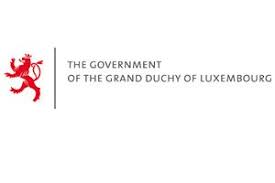A successful public expenditure and financial accountability (PEFA) assessment requires the commitment of all major stakeholders involved in public financial management (PFM) in a country.
Nevertheless, the government should be the driving force for the assessment and “own” both the process and results of the assessment; it also should lead the efforts to build on the strengths and address any weaknesses identified in the PEFA report.
In this context, governments have been increasingly seeking the advice of the PEFA Secretariat for information on how to use PEFA reports more effectively to improve PFM performance. Volume IV of the PEFA handbook has been developed in response. However, while the strategic and operational importance of PFM reform is generally recognized, this guidance makes clear that there is no one-sizefits-all solution to supporting and implementing PFM reform. It is important to use PEFA assessment findings in the country context.
PEFA AND THE PFM REFORM PROCESS
PEFA reports, when done well, provide a technically sound basis for developing and undertaking PFM reforms. The PEFA framework provides a 360-degree overview of PFM, with evidence-based assessments and scoring methodology as well as a peer-review process that counters the risks of potential optimism bias in the assessment process. The framework facilitates comparison over time and between countries and regions and is internationally agreed on and supported through strong collaboration between key development partners.
Volume IV focuses on the use of PEFA reports for supporting dialogue, planning, design, and implementation of PFM improvement. However, it is important to note the strengths and limitations of PEFA assessments when using PEFA reports as the basis for dialogue on and design of PFM reform. Assessments do not capture all aspects of PFM at a deep level of detail and, as discussed in this guidance, additional analyses may sometimes be needed to understand the underlying technical and nontechnical causes of performance levels.
If not used correctly or appropriately, PEFA assessments can sometimes lead to standardized approaches to reform that do not take the local context into account. While the PEFA scoring methodology embeds good international practices, applied incorrectly, the A to D rating can lead to a focus on improving all low scores without paying appropriate attention to capacity and other constraints, political priorities, sequencing and importance, and other local circumstances. It is important to interpret PEFA assessment findings and use them in a way that reflects the circumstances and priorities of the country in which they are applied.





